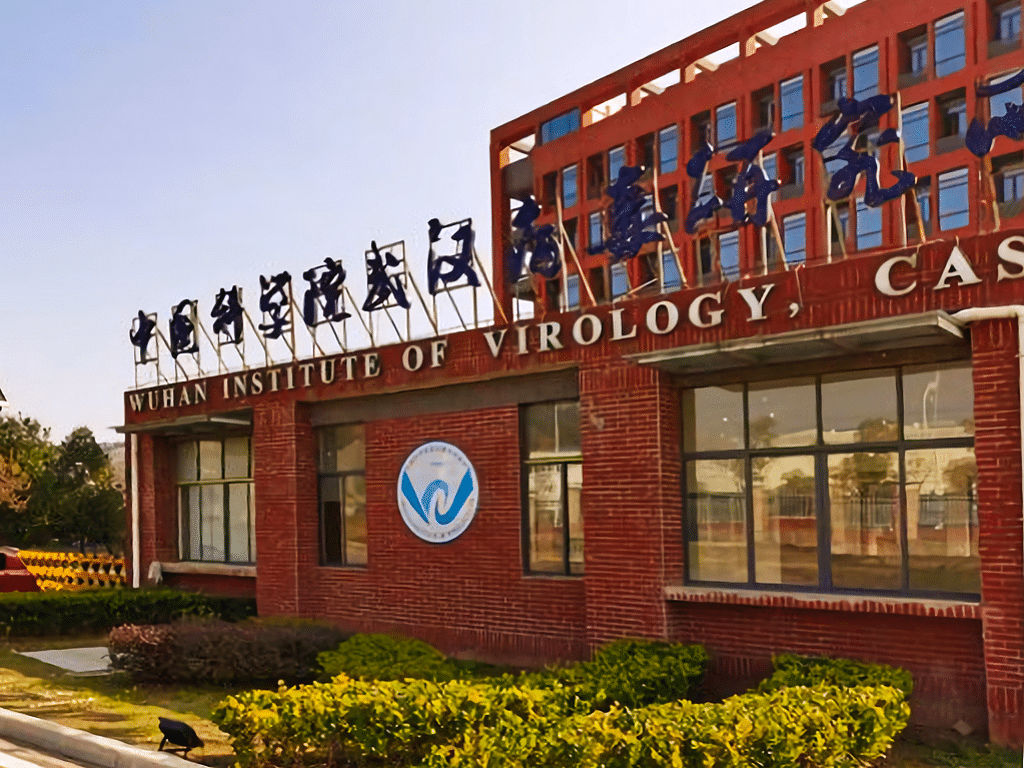What the US intelligence report on COVID-19’s origins says
By Matt Field | June 24, 2023
 The Wuhan Institute of Virology in Wuhan, China. Credit: Ureem2805 via Wikimedia Commons. CC BY-SA 4.0.
The Wuhan Institute of Virology in Wuhan, China. Credit: Ureem2805 via Wikimedia Commons. CC BY-SA 4.0.
If you were expecting a manilla folder stamped “Top Secret” full of telephoto pictures and mimeographed cables—you know, real spy stuff—then Friday’s evening news dump of US government intelligence on the Wuhan Institute of Virology (WIV) and its potential links to the origins of the COVID-19 pandemic will be sure to disappoint. The Office of the Director of National Intelligence (ODNI) released a 10-page document that read more like a table of contents or an outline of the intelligence the US government is holding on the Wuhan coronavirus lab than the “any and all” information disclosure that federal law mandated be completed by last Sunday.
The report, The Potential Links Between the Wuhan Institute of Virology and the Origin of the COVID-19 Pandemic, disclosed a lot of information that has previously been reported about the virological research center in Wuhan, the city where the first cases of COVID-19 were detected in late 2019. Some biosafety standards and equipment at the facility were found to be lacking, including appropriate precautions for working with SARS-like coronaviruses and aging infrastructure. Workers at the lab had been ill at around the time the pandemic started. The lab held an incredibly large collection of bat samples, conducted genetic engineering experiments on coronaviruses, and conducted experimentation on making hybrid coronaviruses. Also previously reported, the lab had links to the Chinese military—reportedly for public health work.
On biosafety, Friday’s report said the Wuhan lab worked under “opaque” Chinese government guidance over the appropriate level of biocontainment for certain viruses until at least 2018. As of January 2019, researchers at the lab were conducting SARS-like coronavirus experiments at Biosafety-level (BSL) 2 conditions, “despite acknowledgements going back to 2017 of these viruses’ ability to directly infect humans.”
In recent days, there’s been considerable attention on the issues of sick workers at the Wuhan lab in the weeks leading up to the pandemic. The Wall Street Journal and the outlet Public this week released the names of three sick workers who allegedly fell ill in November 2019. One of them was a leading coronavirus researcher at the lab who had received US government funding for some of his work. (He recently told Science that the claim he might have been an early COVID-19 case was “ridiculous.” He told the outlet he had tested negative for COVID antibodies in March 2020.) Friday’s release put little meat on the bone of these allegations; it didn’t name any ill researchers. “Several” staff at the lab were sick in November, the report said. “Some of their symptoms were consistent but not diagnostic of COVID-19.” One researcher, the report claimed, “may have been hospitalized in this timeframe for treatment of a non-respiratory medical condition.”
The lab, according to Friday’s release, worked with the People’s Liberation Army (PLA), on public health, biosecurity, and biosafety projects, including some that related to coronaviruses. “Information available to [US intelligence agencies] indicates that some of the research conducted by the PLA and WIV included work with several viruses, including coronaviruses, but no known viruses that could plausibly be a progenitor of SARS-CoV-2. For example, PLA researchers have used WIV laboratories for virology and vaccine-related work.”
The report reiterated the US spy scorecard of where the various intelligence agencies fall on whether the pandemic has its roots in laboratory research or natural spillover of a virus from animals to people. Five intelligence agencies, including the National Intelligence Council, believe the virus was a spillover; two, the FBI and the Energy Department, think the pandemic has lab origins. The CIA and another agency are unable to come to a conclusion, the report, said, “as both hypotheses rely on significant assumptions or face challenges with conflicting reporting.”
Much if not all the information in the report has been reported in the media previously. The spare report led some commentators on the pandemic-origins issue to cry foul. Gary Ruskin, the executive director of the nonprofit investigative outlet US Right to Know, which has filed frequent Freedom of Information Act Requests with the government on the COVID origins, tweeted, “ODNI has produced an underwhelming, incomplete report on the potential links between the Wuhan Institute of Virology and the Covid-19 pandemic. Congress must tell ODNI that it didn’t obey the COVID 19 Origin Act of 2023, and keep ODNI’s feet to the fire.”
A New York Times article teased earlier that Friday’s report wouldn’t have “smoking gun” evidence on the origins of the pandemic, and that appears to be the case. The report was limited by design. “This report does not address the merits of the two most likely pandemic origins hypotheses, nor does it explore other biological facilities in Wuhan other than the WIV.” Certainly, the debate will continue.
Together, we make the world safer.
The Bulletin elevates expert voices above the noise. But as an independent nonprofit organization, our operations depend on the support of readers like you. Help us continue to deliver quality journalism that holds leaders accountable. Your support of our work at any level is important. In return, we promise our coverage will be understandable, influential, vigilant, solution-oriented, and fair-minded. Together we can make a difference.
Keywords: COVID-19, intelligence assessments
Topics: Biosecurity














